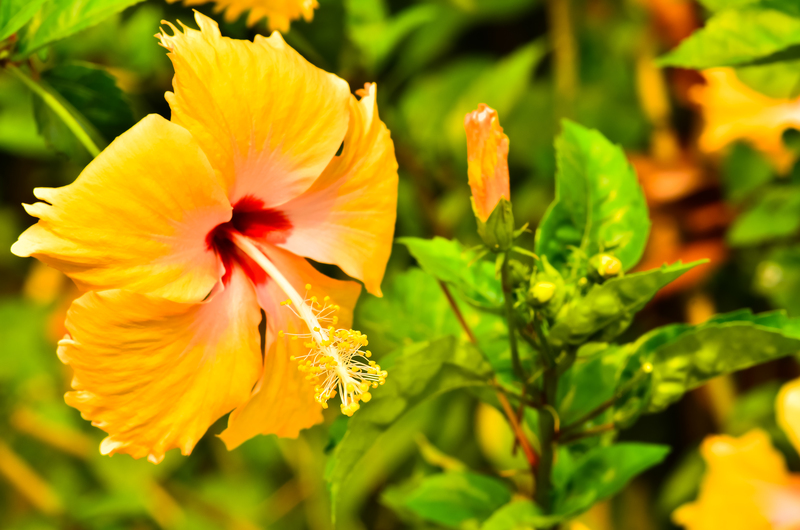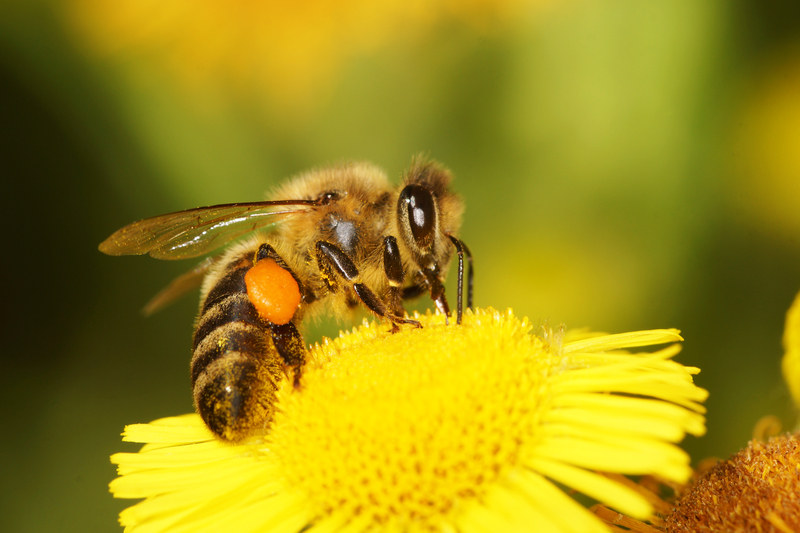Managing Yellow Patch in Your Lawn
Maintaining a lush, green lawn is the ultimate goal for many homeowners. However, yellow patches can quickly turn your idyllic retreat into an unsightly stretch of grass. Understanding how to manage yellow patches in your lawn is crucial for keeping your yard looking its best. In this article, we will cover the causes, treatments, and prevention methods to help you achieve a vibrant, healthy lawn.
Understanding the Causes of Yellow Patches
Yellow patches in your lawn can be attributed to several factors. Identifying the root cause is the first step in effectively managing the issue.
- Fungal Infections: Diseases like necrotic ring spot and fusarium patch often manifest as yellow or brown patches.
- Inadequate Nutrients: Nutrient deficiencies, particularly nitrogen, can result in yellowing grass.
- Over-watering or Under-watering: Both too much and too little water can stress your lawn, leading to yellow patches.
- Pet Urine: High nitrogen content in pet urine can cause localized yellow spots.
- Pests: Insects like grubs and chinch bugs can harm the roots, causing yellow patches.

Effective Treatments for Yellow Patches
After diagnosing the cause of yellow patches, you can proceed with appropriate treatments. Detailed below are some effective ways to combat common issues:
- Fertilization: Apply a balanced fertilizer to correct nutrient deficiencies. Use a soil test kit to identify specific nutrient requirements.
- Fungicide Application: For fungal infections, using a fungicide specifically designed for the disease affecting your lawn can be very effective.
- Proper Watering: Ensure your lawn receives about 1 to 1.5 inches of water per week. Use a rain gauge to monitor natural rainfall and supplement with irrigation as needed.
- Pest Control: Use pest control solutions like insecticidal soap or beneficial nematodes to tackle pest infestations.
Preventive Measures
Prevention is better than cure. Practicing good lawn care habits can help you avoid the recurrence of yellow patches.
- Aeration: Aerate your lawn at least once a year to improve soil compaction and allow nutrients to reach the roots effectively.
- Regular Mowing: Mow your lawn regularly but never cut more than one-third of the grass blade height at one time.
- Draining: Ensure proper drainage to prevent waterlogging, which often leads to fungal problems.
- Weed Control: Keep weeds in check, as they can compete with your grass for nutrients and water.
- Thatch Management: Remove excess thatch as it can harbor disease and pests.
Pros and Cons of Treating Yellow Patches
Before diving into treatment options, weigh the pros and cons to make an informed decision.
- Pros:
- Improved aesthetic appeal.
- Healthier grass that can better withstand environmental stress.
- Enhanced property value.
- Cons:
- May require significant time and financial investment.
- Some treatments involve the use of chemicals, which can have environmental implications.
Tips for Maintaining a Healthy Lawn
Here are some valuable tips to ensure your lawn remains vibrant and healthy all year round.
- Use compost to naturally enrich your soil with essential nutrients.
- Inspect your lawn regularly for early signs of stress or disease.
- Implement companion planting to naturally deter pests.
- Use organic mulch to retain moisture and suppress weeds.
- Avoid walking on the lawn when it's wet to prevent soil compaction.

Key Takeaways
- Identify the underlying cause of yellow patches to apply the correct treatment.
- Maintain proper watering, mowing, and fertilizing practices.
- Use preventive measures to avoid future occurrences of yellow patches.
- Weigh the pros and cons before commencing treatment.
- Regular lawn inspection and proper care are essential for a lush lawn.
Conclusion
Managing yellow patches in your lawn is not an insurmountable task. With correct diagnosis and appropriate treatment, you can restore your lawn's health and appearance. Remember, consistent care and preventive measures are key to maintaining a beautiful and vibrant lawn. Whether dealing with nutrient deficiencies, fungal infections, or pest problems, taking timely and informed actions will ensure your lawn remains lush and green all year round.





